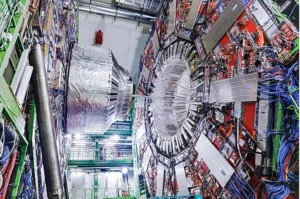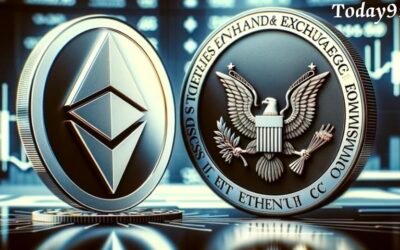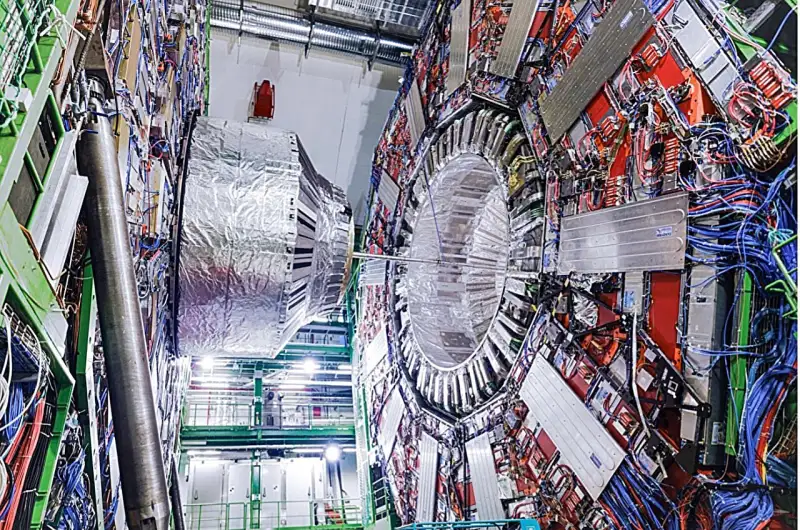The CMS experiment’s use in determining a crucial Standard Model parameter is covered in the material.

The CMS team reported the measurement of an effective leptonic electroweak mixing angle last week at the Annual Rencontres de Moriond Conference. The results are in good agreement with the Standard Model predictions and constitute the most accurate measurement performed at the Hadron Collider to date.
To date, the Standard Model has offered the most precise explanation of the particles and their interactions. It produces amazing prediction power by fusing exact measurements with rigorous theoretical calculations, allowing physicists to establish the limits of the applicability of principles before personally witnessing events.
Thus, the masses of the top quark (found at Fermilab in 1995), the W and Z bosons (discovered at CERN in 1983), and, more recently, the Higgs boson (discovered at CERN in 2012) have all been satisfactorily regulated by the model. After the discovery of these particles, physicists were able to determine the boundaries of the applicability of principles by utilizing their properties as tests of the model’s stability.
Precise measurements of these particles’ features outside of the Standard Model also provide strong means of unearthing novel events. They show differences between their own values and the amounts that different calculations and measurements have anticipated.
One important component of these stability assessments is the electroweak mixing angle. It is a basic parameter of the Standard Model that describes the method by which weak and electromagnetic interactions originated from unified electroweak interactions by breaking electroweak symmetry. It also integrates the masses of the W and Z bosons theoretically, which propagates weak interactions. As a result, the W, Z, or mixing angle measurement offers a useful experimental cross-check for the model.
Experiments at the CERN LEP Collider and the SLD experiment at the Stanford Linear Accelerator Center (SLAC) produced the two most accurate determinations of the weak mixing angle. For over ten years, these numbers remained at odds with one another, leaving physicists perplexed. The new result is a step towards explaining the difference between future LEP and SLD observations and fits in nicely with Standard Model predictions.
A spokesman for CMS, Patricia McBride, said that “this result demonstrates that precise physics can be achieved at the Hadron Collider.” The settings of LHC Run 2, when an average of 35 proton-proton collisions occurred simultaneously, presented challenges to the analysis. With five times as many protons colliding at once, even more exact physics is made possible by this high brightness LHC.”
Up until 2000, accurate testqing of measurement standards, such as those carried over from CERN’s electron-positron colliders, including LEP, was conducted in that tunnel—where the LHC is currently located. High-precision measurements can be performed in a clean, perfect environment with electron-positron colliders.
While numerous new ultra-precise data have already been obtained from experiments such as ATLAS, CMS, and LHCb, proton-proton collisions at the LHC provide higher obstacles for such research. The main obstacles are the large number of other physical processes under investigation and the fact that protons are not fundamental particles like electrons are.
This new conclusion was obtained using data from proton-proton collisions collected with the CMS experiment at the 13 TeV energy center between 2016 and 2018. This data corresponds to a total integrated luminosity of 137 fb 1, or over 11,000 million collisions.
The angular patterns in these collisions when electrons or muons are created are analyzed to determine the mixing angle. Compared to earlier measurements by ATLAS, CMS, and LHCb, this is the most accurate measurement performed at the Hadron Collider to date.















